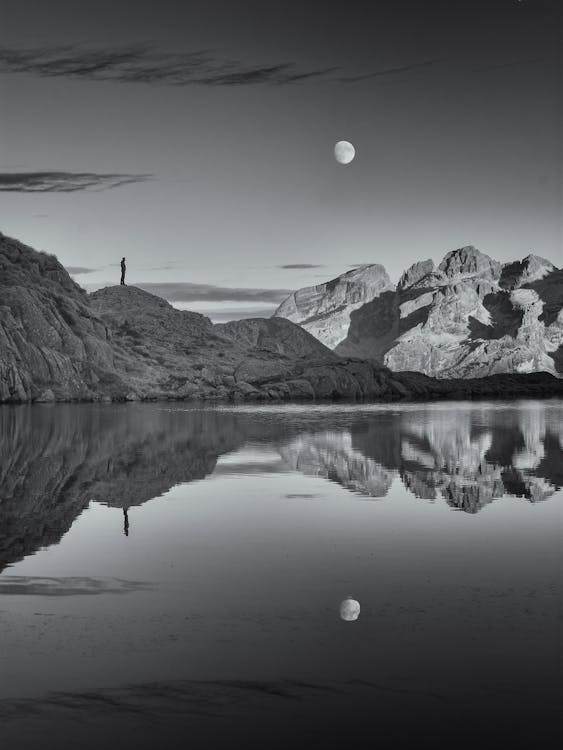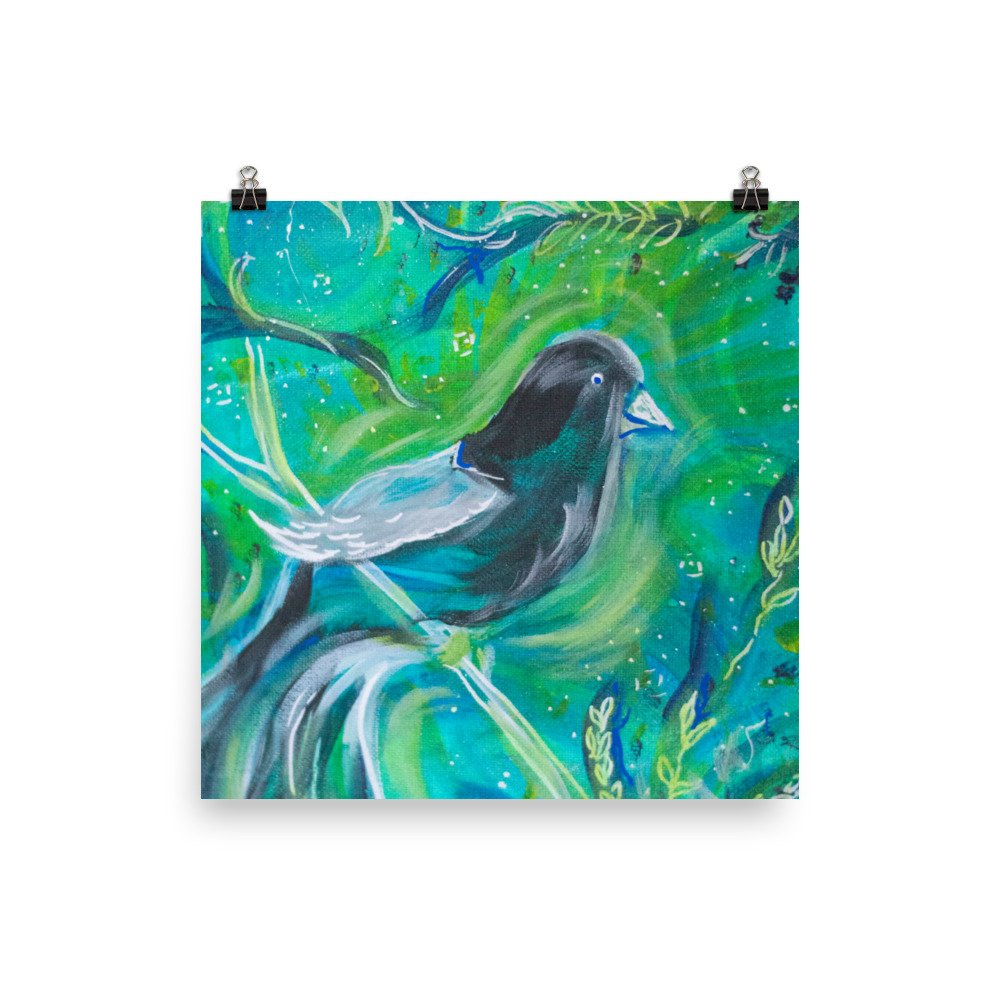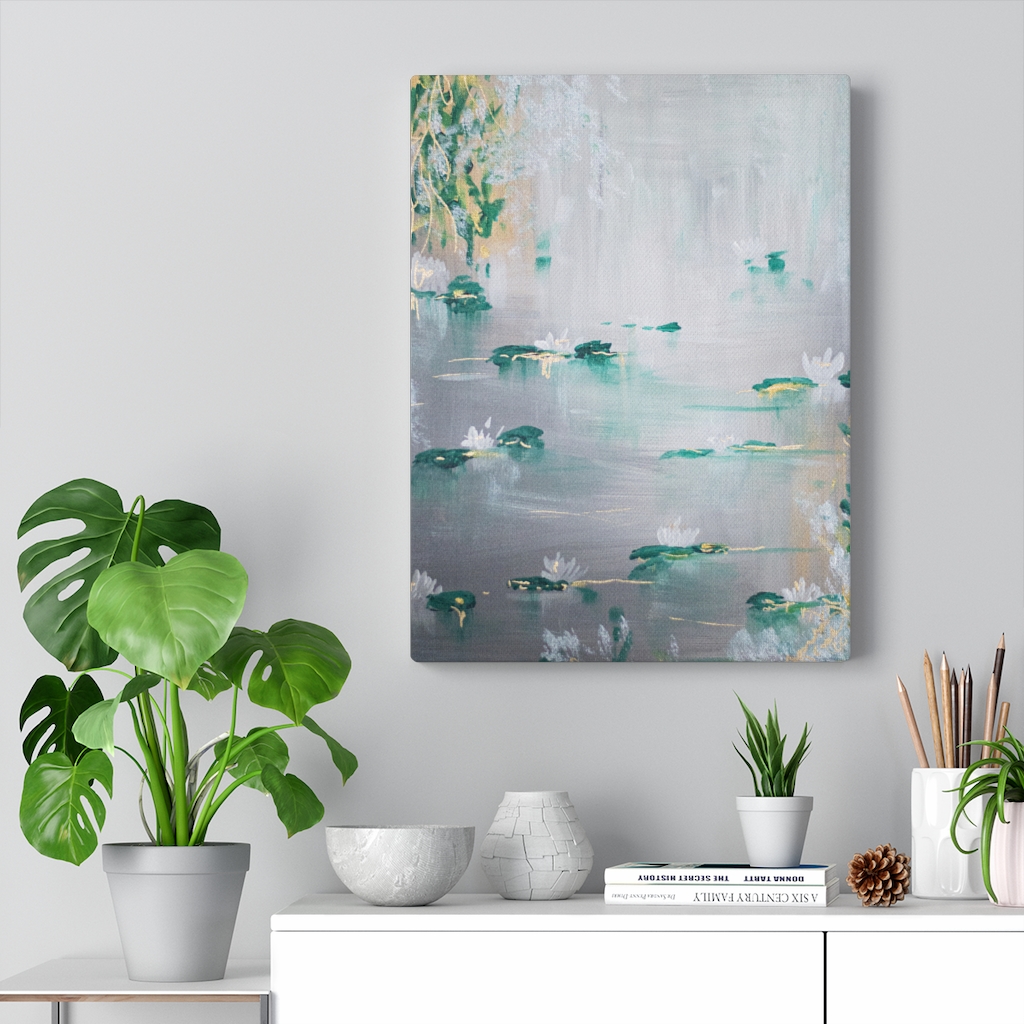From Canvas to Camera: Tips and Techniques for Photographing Your Fine Art
As an artist, your work is your passion, your expression of creativity, and your legacy. Whether you’re a painter, sculptor, or mixed media artist, your art deserves to be captured in the best possible way. That’s where photography comes in. Photographing your fine art is not only important for documenting your work but also for promoting it to potential buyers, galleries, and collectors. However, capturing the essence of your art through a lens can be challenging. It requires a combination of technical skills, artistic vision, and attention to detail. In this article, we’ll explore some tips and techniques that can help you take stunning photos of your fine art, whether you’re using a camera or a smartphone. From understanding lighting and composition to choosing the right background and editing your images, we’ll cover everything you need to know to showcase your art in the best possible light. So get ready to take your art to the next level and let your creativity shine!

Why it’s important to have high-quality photographs of your artwork
Having high-quality photographs of your artwork is essential for several reasons. Firstly, it allows you to document your work and keep a record of your creative journey. Secondly, it enables you to showcase your art to potential buyers, galleries, and collectors. Thirdly, it helps you to establish a professional online presence and build your brand as an artist. In today’s digital age, having a strong online presence is more important than ever, and high-quality images of your artwork play a crucial role in this.
However, taking high-quality photographs of your artwork can be challenging. You need to have a good understanding of lighting, composition, and framing, as well as the right equipment and editing skills. In the following sections, we’ll explore some tips and techniques that can help you to overcome these challenges and take stunning photos of your fine art.
The basics of photographing fine art – lighting, angles, and framing
When it comes to photographing fine art, lighting is one of the most important factors to consider. You want to make sure that your artwork is evenly lit, without any harsh shadows or reflections. The best way to achieve this is by using natural light, such as daylight or a softbox, rather than artificial light, which can create color casts and uneven lighting. You should also avoid using flash, as this can create harsh shadows and distort the colors of your artwork.
The angle and framing of your photograph are also important considerations. You want to make sure that your artwork is centered and in focus, with no distortion or perspective issues. The best way to achieve this is by using a tripod, which will keep your camera steady and allow you to make small adjustments to the framing and angle. You should also make sure that your camera is at the same height as your artwork, so that it is parallel to the surface.
When framing your photograph, you should consider the composition of your artwork and the space around it. You want to make sure that your artwork is the focal point of the photograph, without any distracting elements in the background. You should also consider the aspect ratio of your photograph, which will depend on the shape and size of your artwork.
Equipment needed for photographing fine art – cameras, lenses, tripods, and lighting

To take high-quality photographs of your fine art, you’ll need the right equipment. This includes a camera, lenses, a tripod, and lighting. When choosing a camera, you should look for one with a high resolution and good color accuracy, such as a DSLR or mirrorless camera. You should also consider the lens you’ll use, as this will affect the angle and framing of your photograph. A macro lens is a good choice for photographing fine art, as it allows you to capture fine details and textures.
A tripod is essential for keeping your camera steady and allowing you to make small adjustments to the framing and angle. You should look for a sturdy tripod that can support the weight of your camera and lens. When it comes to lighting, natural light is ideal, but if you need to use artificial light, you should look for a softbox or diffuser that will create even lighting without harsh shadows or reflections.
Setting up your workspace for photographing fine art
Before you start photographing your fine art, you need to set up your workspace. This involves choosing a location with good natural light, setting up your tripod and camera, and preparing your artwork for photography. You should also consider the background and any props or tools you might need, such as a ruler or color chart.
When it comes to preparing your artwork for photography, you should make sure that it is clean and free of any dust or debris. You should also consider the orientation of your artwork, as well as any reflections or glare that might be visible in the photograph. It’s a good idea to take some test shots before you start photographing your artwork, to make sure that everything is set up correctly and that you’re happy with the lighting and framing.
Editing your photographs for the best results
Once you’ve taken your photographs, it’s time to edit them for the best results. Editing can help to enhance the colors, contrast, and sharpness of your photographs, as well as remove any unwanted elements or distractions. You should also consider the size and resolution of your photographs, depending on how you plan to use them.
When it comes to editing your photographs, there are several software options available, from free online tools to professional software like Adobe Photoshop or Lightroom. It’s important to remember that editing should enhance your photographs, not completely alter them. You want to maintain the integrity and authenticity of your artwork, while making sure that it looks its best.
Common mistakes to avoid when photographing fine art
When it comes to photographing fine art, there are several common mistakes that you should avoid. These include using artificial light, shooting at the wrong angle or framing, and not taking the time to set up your workspace properly. You should also avoid over-editing your photographs, which can make them look unnatural and detract from the authenticity of your artwork.
Another common mistake is not using a high enough resolution or size for your photographs. This can limit your ability to use your photographs for different purposes, such as printing or displaying on a website. You should aim to take photographs with a high resolution and size, so that you have the flexibility to use them in different ways.

Conclusion
Photographing your fine art is an important part of promoting and documenting your creative journey. By following these tips and techniques, you can take stunning photos of your artwork that showcase its beauty and authenticity. Remember to pay attention to lighting, angles, and framing, as well as choosing the right equipment and editing your photographs for the best results. With a little bit of practice and patience, you can take your art to the next level and let your creativity shine!
Be sure to take a look at some of our art classes for more art inspiration!








